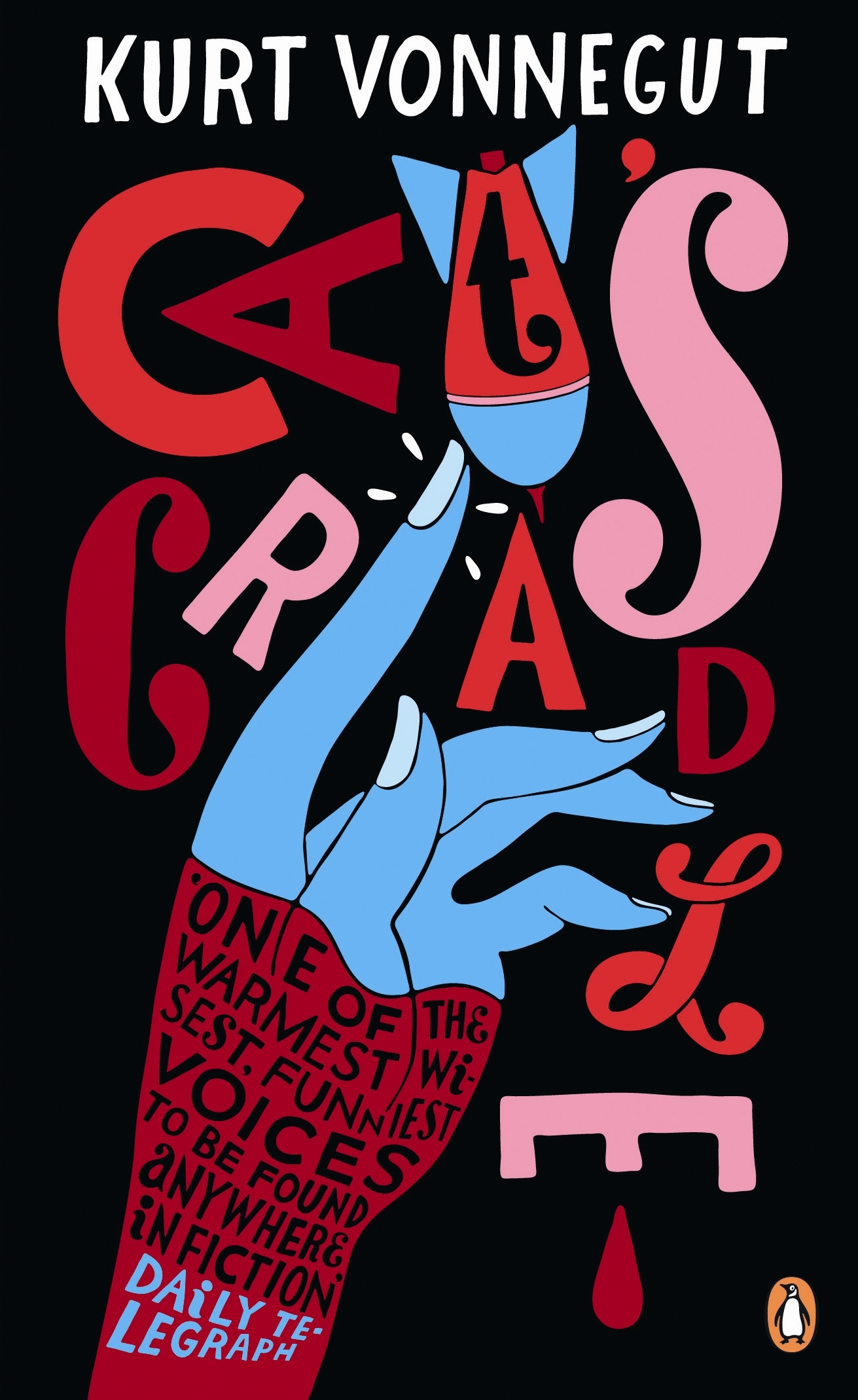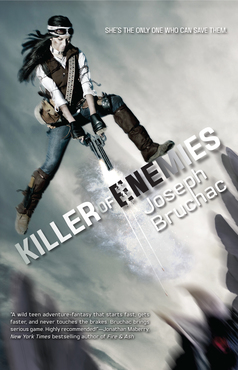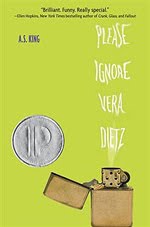| Book cover from Penguin |
Van Wagenen, M. (2014). Popular: Vintage wisdom for a modern geek. New York, NY: Dutton Books.
*Grade level 7-10
**2015 YALSA Award for Excellence in Nonfiction
Maya is an eighth-grader who feels like she is at the bottom of the social ladder. She wants to be more popular, but doesn't know how or exactly what that entails. She discovers an old book, Betty Cornell's Teen-age Popularity Guide, in her dad's collectibles one day, and decides to use it to become popular. She learns many lessons over the next year: how to be more poised, how to take care of her hair and skin, ways to make money, and how to make friends. She records the results of each experiment as she tries it, and reflects on what she has learned. Eventually, Maya learns that people are all the same and essentially want the same things in life. She keeps up with the lessons that make sense for her, and rejects the ones that don't. Teenagers can learn a lot from her enthusiasm and confidence.
Partner Titles:
| Book cover from Penguin |
Originally written in the 1950s, this book was Maya’s inspiration for her social experiment. It was reprinted after Popular became a big hit. It’s fun to see the entirety of the extremes that Maya went to in order to discover what popularity is all about.
| Book cover from Scholastic |
Telgemeier, R. (2012). Drama. New York, NY: Graphix/Scholastic.
**2013 Stonewall Honor Book
Callie is a seventh-grader who lives for the theater, but that inherently has a lot of drama involved. She has crushes and deals with gossip and the judgments of her classmates, just like Maya. This graphic novel pairs with Popular because it deals with many of the same themes that middle and high school students face every day.
| Book cover from LB Teen |
Alexie, S. (2007). The absolutely true diary of a part-time Indian. New York, NY: Little, Brown and Company.
**2007 National Book Award for Young People's Literature
**2008 Boston Globe Horn Book Award for Excellence in Children's Literature
**2008 American Indian Youth Literature Award from the American Indian Library Association
When Junior starts going to the nearby all-white school, he is judged harshly by both his new classmates and his community on the Spokane reservation. Like Maya, he has to come up with ways to prove he belongs, and both Junior and Maya realize that being true to who they are is important too. Themes of popularity and family tie these books together--both are both lucky to have supportive families as they work to discover who they want to be.
| Book cover from Candlewick Press |
Medina, M. (2013). Yaqui Delgado wants to kick your ass. Somerville, MA: Candlewick Press.
**2014 Pura Belpre Award
Piddy is getting bullied by a girl named Yaqui Delgado. She begins to fear going to school because of the threat of being beat up. Piddy doesn't know what to do, and starts to close herself off. Piddy would really benefit from Maya's advice from Popular, and it is an interesting contrast to see how different the attitudes are between the two girls in their reactions to feeling like outcasts.
| Book cover from Penguin |
Hinton, S.E. (1967). The outsiders. New York, NY: Viking Press for Young Readers.
This modern classic is about a gang of greasers, narrated by the youngest member of the group, Ponyboy. He must deal with being judged for where he is from and the constant threat of being attacked in the street. When a rival is killed in a late-night fight, Ponyboy and his best friend Johnny choose to run away and hide out from the police. Ponyboy is very introspective, like Maya, and over time he discovers that even though the two rival gangs hate one another, people are really all the same: the same revelation that Maya has after her social experiment.
Teaching Ideas:
Memoir: Maya's memoir about her experience boosting her own popularity could inspire students to write their own memoirs. Ask them to write about an experience in which they tried to better themselves, or about their struggles with the idea of popularity in middle school.
English 7.7 The student will write in a variety of forms with an emphasis on exposition, narration, and persuasion (VDOE, 2010b, p. 3).Movement: Betty Cornell's book has an exercise section, and Maya tries out many of them. Betty's intentions were to make girls look better, but this can be translated into activities that make everyone feel better. Ask students to demonstrate an exercise or physical game that they enjoy and teach it to the class.
P.E. 8.1 The student will demonstrate competence in one or more modified versions of various game/sport, rhythmic, and recreational activities (VDOE, 2008, p. 1).Alternate Ending: Maya's dad re-writes the ending of Old Yeller for her. Students can choose a book that had an unsatisfactory ending and change it to what they wish had happened.
English 8.7 The student will write in a variety of forms, including narration, exposition, persuasion, and informational (VDOE, 2010a, p. 3).Spanish in America: Maya lives in Texas and she frequently uses words in Spanish--some that are familiar to her and some that she has just learned. Beginning Spanish students can begin to compile a list of Spanish words that are instantly recognizable to them, as they work to increase their vocabularies. Not all students will think of the same words, so they can collaborate by using a shared page like Padlet.
SI.5 The student will present information orally and in writing in Spanish, using a variety of familiar vocabulary, phrases, and structural patterns (VDOE, 2014, p. 13).1950s Culture: Betty Cornell's book was published in the 1950s, so much of her advice was dated. To understand some of the advice that Maya followed, students should have a grasp on America in the 1950s. They could research trends and technologies of the time and create a Smore online flyer to share their information.
USII.9 The student will demonstrate knowledge of the key domestic and international issues during the second half of the twentieth and early twenty-first centuries by b) describing the development of new technologies in communication, entertainment, and business and their impact on American life (VDOE, 2008b, p. 3).
References:
Padlet. (n.d.). Retrieved from https://padlet.com/
Smore. (n.d.). Retrieved from https://www.smore.com/
Virginia Department of Education. (2008a). Grade eight. Physical education standards of learning for Virginia public schools. Retrieved from http://www.doe.virginia.gov/testing/sol/standards_docs/physical_education/k-8/stds_physed8.pdf
Virginia Department of Education. (2008b). United states history: 1865 to the present. History and social science standards of learning for Virginia public schools. Retrieved from http://www.doe.virginia.gov/testing/sol/standards_docs/history_socialscience/next_version/stds_ushistory_1865-present.pdf
Virginia Department of Education. (2010a). Grade eight. English standards of learning for Virginia public schools. Retrieved from http://www.doe.virginia.gov/testing/sol/standards_docs/english/index.shtml
Virginia Department of Education. (2010b). Grade seven. English standards of learning for Virginia public schools. Retrieved from http://www.doe.virginia.gov/testing/sol/standards_docs/english/2010/stds_english7.pdf
Virginia Department of Education. (2014). Spanish I. Foreign language standards of learning for Virginia public schools. Retrieved from http://www.doe.virginia.gov/testing/sol/standards_docs/foreign_language/2014/spanish/stds_spanish1-4.pdf
Further Explorations:
Maya Tweets: Maya keeps up with her Twitter account regularly. She tweets about the events where she will appear, news about the book, and more.
Tumblr: The book’s Tumblr contains art, photos, quotes, and news about Popular and Maya.
"Self-proclaimed 'geek' follows popularity guide": In this short video, USA Today asks Maya five questions about her experience writing and promoting her book.
The 1950s: This History.com video gives a brief introduction into the 1950s, the decade Betty Cornell’s advice comes from. The accompanying article goes deeper into a few of the issues of the time.
Betty Cornell’s Glamour Guide for Teens: Betty wrote several other books targeted at teens. This one is very similar to her popularity guide, and it is interesting to see the original pages scanned in as well. It gives an idea of what Maya’s copy of her vintage book looked like.
Mexico's Drug Wars: At Maya’s school in Texas, they often had lockdowns because of the nearby violence across the border. CNN has organized a few pictures and “fast facts” about the Mexican drug wars to give some perspective.
Learn to Sing: Maya enjoys being in chorus, even though she doesn’t always feel like she fits in. These BBC pages have tips for learning to sing, including proper posture, breathing, and video tutorials.
References:
Cornell, B. (1958). Betty Cornell’s glamour guide for teens. [Scanned book]. Retrieved from https://archive.org/details/bettycornellsgla00bett
CNN Library. (2015, July 13). Mexico drug war fast facts. Cable News Network. Retrieved from http://www.cnn.com/2013/09/02/world/americas/mexico-drug-war-fast-facts/
Self-proclaimed ‘geek’ follow popularity guide. (n.d.). USA Today. Retrieved from http://www.usatoday.com/videos/life/books/2014/04/23/7869429/
Learn to sing: Step-by-step guides. (2014). British Broadcasting Corporation. Retrieved from http://www.bbc.co.uk/sing/learning/
Maya Van Wagenen. (2015). Twitter. Retrieved from https://twitter.com/mayavanwagenen
The 1950s. (2010). History.com. Retrieved from http://www.history.com/topics/1950s
The Popular book. (2015). Tumblr. Retrieved from http://mayavanwagenen.com/


